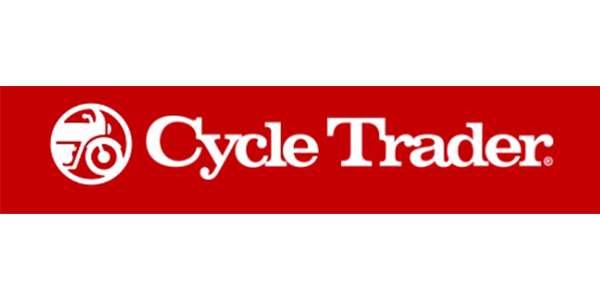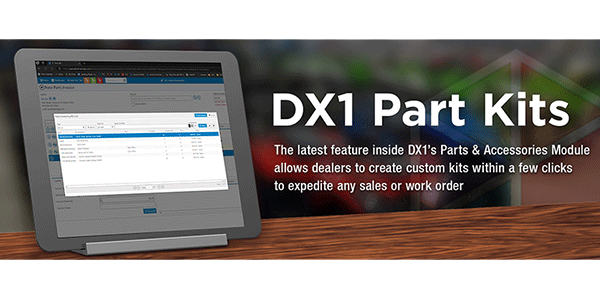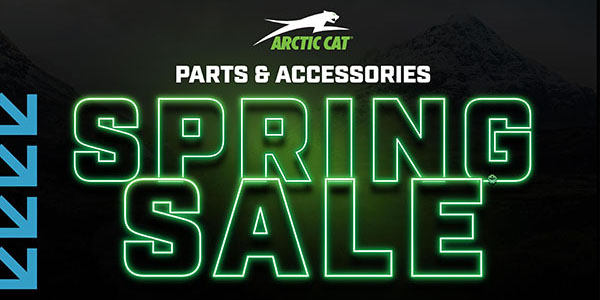The thing about digital retailing that you have to understand is it’s about enhancing the customer shopping experience. Sometimes this may mean buying online (perhaps for smaller items, such as parts and accessories or apparel). However, that’s not always the case, especially in regard to vehicle purchases. We’re going to look at some of the benefits and best practices associated with digital retailing.
The Benefits of Digital Retailing
With digital retailing, you can reach a wider customer base, offer greater convenience to customers who can research and purchase units at their own pace and reduce some overhead costs associated with the mainly-physical transaction setup.
“One key advantage of digital retailing we see is you can put a fence around your herd,” says Johnathan Aguero, vice president of revenue at Blackpurl. “This means you allow your loyal customers to keep buying all of what they need from you — online when most convenient. It also means they don’t get into the habit of searching giant e-commerce websites when they would rather keep up their lifelong relationship with the local dealership or shop.”
“We expect to increasingly see digital retailing expanded to include service and parts, including a part and merchandise e-commerce offering that syncs with brick-and-mortar inventory,” Aguero continues. “There are e-commerce solutions coming out now … that integrate into your web store products that can be drop-shipped from major suppliers like Tucker, Parts Unlimited and WPS [Western Power Sports]. On the service side, digital service scheduling and communication is on the rise as well.”
Think of the potentially bigger pool of consumers from which you might draw if you integrated such a solution. If you have customers that drove hundreds of miles just to buy a vehicle from your shop, why not keep them coming back for parts for that vehicle without them having to make the drive? They’re already going to be looking online for those parts; if you throw your hat into the digital ring, you have a better chance at keeping those customers loyal to you than to some other strictly e-commerce platform.
“That adoption curve at the dealer level really needs to accelerate for the industry to take advantage of where the consumer is at,” says Bernie Brenner, CEO of Rollick. “More importantly, as the economic times start to get more challenging, consumers will look at efficiency. I think there’s going to be pressure on the industry to meet the consumer where they’re at in a more digital way.”
Best Practices for Digital Retailing
Brenner and Aguero shared a number of ways in which you can make sure your website is optimized for digital retailing. Many of these are easily done by integrating your dealer management system with your website:
- Keep your inventory current. Connect your dealership management software to your website so any new inventory or sales will reflect quickly for online shoppers.
- Apply public incentives with the applicable units. Often, it is up to the consumer to find out straight from OEMs which vehicles have incentives. Digital solutions are available that automatically update the pages of the units in question on your website.
- Ensure the experience is focused totally on the customer and not yourself. Have someone not involved with the dealership walkthrough your site and test out the different features. Getting feedback from an outside party can open your eyes to new ideas.
- Design with simplicity. Create a clean, visually appealing and easy-to-navigate site that invites customers to explore your digital showroom and focuses on the units, merchandise and services you offer.
- Humanize your digital space. Add real-time chat or video call features.
- Stay connected with customers. Engage them through social media and email campaigns. Digital services can help with the latter.
- Share your dealership’s vision and values. Doing so can help you resonate with customers, building trust and loyalty. Your unique story differentiates yourself from the competition.
If all this is sounding a little overwhelming, you’re not alone. After all you’re dealers, not web designers or coders. If the thought of having to deal with so much tech unnerves you, don’t worry — as long as you can navigate some software, you should be fine.
“The dealer does not have to be tech-savvy at all,” Brenner stresses. “We want technology to be invisible, and we want information to be available and the dealer can thrive under that circumstance.” Digital service solutions for dealers thrive on creating seamless experiences on both the dealer and consumer ends. Be sure to talk to the experts to figure out which solution is right for you.
Integration with E-Commerce Sites
CycleTrader. eBay Motors. You know the names. They operate huge online marketplaces for used vehicles. Just as most people default to Google when looking for the answer to a question, many riders default to these sites when looking for their next rides. These marketplaces are convenient, after all, because they offer a wide variety of options from the comfort of one’s couch.
Now, eventually, consumers do get to the dealer’s website after perusing here, which is why it’s important to still maintain a clean site. However, if you’re not partnering with a major brand to showcase your inventory, you’re once again missing out on a bigger piece of the pie. You might think it takes too much time or that these companies take too large a fee for using their sites.
Again, a digital marketing solution can help. Just as they can tie your DMS to your website, many of them also offer special partnerships with large online retailers and can help you not only get a better cut, but also seamlessly list your inventory on those sites. If you have a preference on where you’d like to be, research each digital marketing company to see which platforms they support.
“Integrating your dealership management system with your e-commerce platform can be the solution for the concern that digital retailing always takes so much extra time,” Aguero states. Depending on your customer relationship management (CRM) system, you can use one of the CRM’s partners so that orders flow into the dealership management platform, display links back to the e-commerce order and products, and sync pricing and inventory updates in real time.
Of course, operating with a third party opens the door to security concerns, since outside of your website, they are beyond your ability to control.
“Security concerns are valid, but reputable platforms use strong security measures, and companies … have come out with apps that allow the customer to verify their identity by scanning their driver’s license with their phone, taking a selfie to match with the ID photo,” Aguero explains.
Choose an e-commerce platform that simplifies the process, turning complex technology into a user-friendly experience. And don’t hesitate to arrange for outside assistance, whether that’s an outside company or a dedicated person in your dealership to handle the platform.
“When partnering with an e-commerce platform, a dealership’s brand could be overshadowed by the platform’s brand — depending on which one,” Aguero adds. “This could make it more challenging for the dealership to build and maintain its unique identity and differentiate itself from competition. Therefore, we’d recommend that when you choose a platform, choose one that allows you to highlight your story.”
Above all, never stop monitoring performance and looking for ways to continuously improve.
“The tools available to dealers in the powersports business are evolving fast. When choosing technology partners, choose future-friendly ones. That way, you don’t have to disrupt your operation when new technologies come out,” Aguero concludes.














